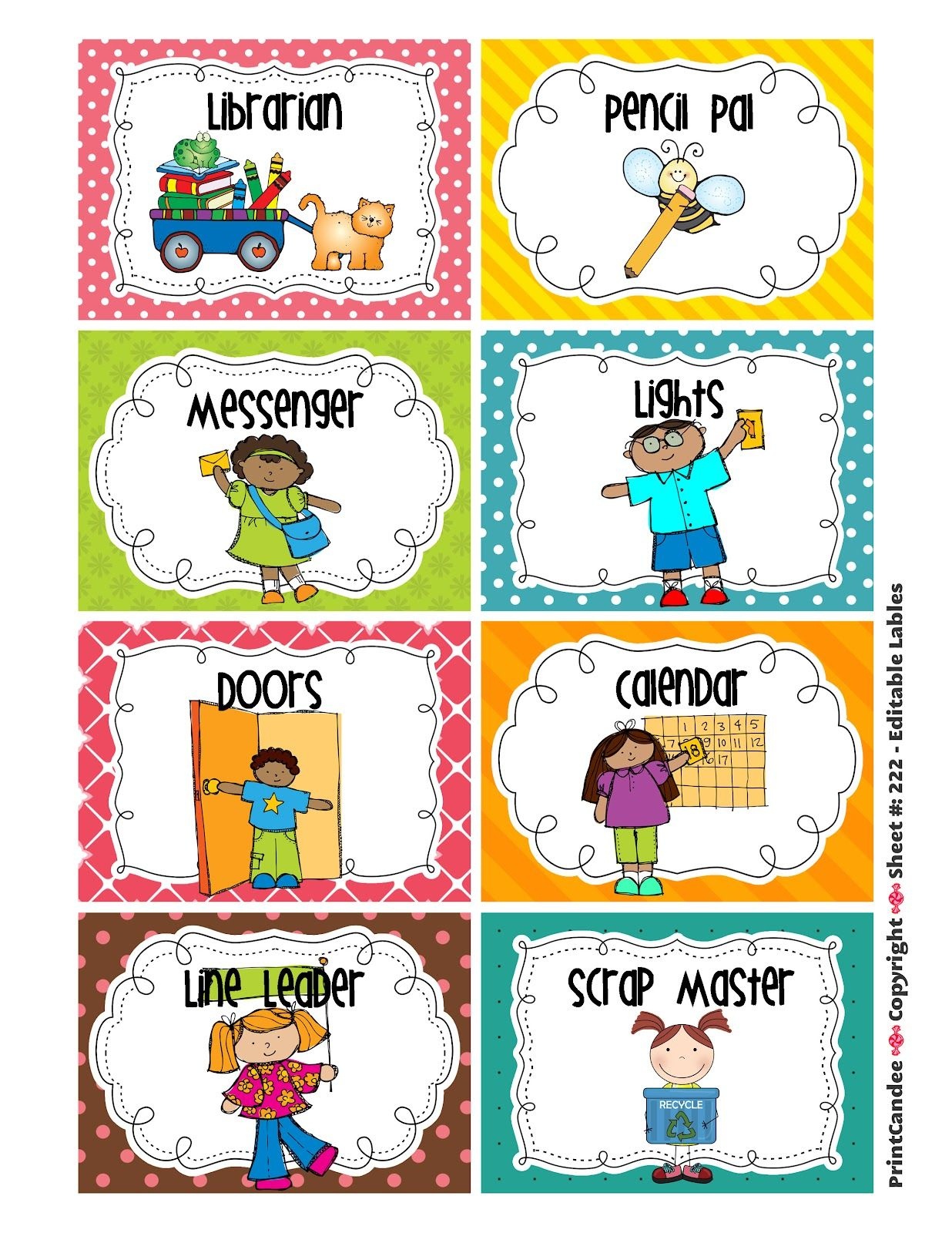
Introduction
Creating a helper chart in a kindergarten classroom is a great way to encourage responsibility and teamwork among young students. By assigning different classroom jobs to the students, they not only learn valuable life skills but also develop a sense of belonging and ownership in their learning environment. In this article, we will explore the benefits of implementing a helper chart in a kindergarten classroom and discuss various classroom jobs that can be assigned to the little helpers.

The Benefits of a Helper Chart in a Kindergarten Classroom
A helper chart in a kindergarten classroom offers numerous advantages for both the students and the teacher. Firstly, it fosters a sense of responsibility among the students as they take ownership of their assigned tasks. This helps in developing their organizational skills and time management abilities at a young age. Secondly, it promotes teamwork and cooperation as the students work together to ensure that all tasks are completed efficiently. Lastly, it reduces the teacher's workload by delegating certain responsibilities to the students, allowing the teacher to focus on other important aspects of their teaching.

Classroom Jobs for Kindergarten Helpers
When assigning classroom jobs to kindergarten students, it is important to consider their age and abilities. Here are some popular and age-appropriate classroom jobs for kindergarten helpers:
Line Leader
The line leader is responsible for leading the class during transitions, such as walking in a line to the playground or other areas of the school. They ensure that the class follows the teacher's instructions and maintains order.
Door Holder
The door holder assists their classmates by holding the door open as the class enters or exits the classroom. This job teaches them about manners and consideration for others.
Weather Reporter
The weather reporter observes and reports the weather conditions for the day. They update the class on the current weather and help the teacher incorporate weather-related activities into the daily lesson plan.
Library Helper
The library helper is in charge of organizing and maintaining the classroom library. They ensure that books are returned to their proper places and help their classmates find books they are interested in.
Messenger
The messenger delivers important notes or messages to the school office or other classrooms. This job teaches them responsibility and the importance of effective communication.
Clean-Up Crew
The clean-up crew helps tidy up the classroom at the end of each day. They ensure that toys, books, and other materials are put away in their designated spots, promoting a clean and organized learning environment.
Pencil Sharpener
The pencil sharpener makes sure that all the pencils in the classroom are sharpened and ready for use. They take pride in keeping their classmates well-equipped for their learning activities.
Gardener
The gardener takes care of any plants or flowers in the classroom. They water them, ensure they receive adequate sunlight, and report any signs of distress to the teacher.
Lunch Helper
The lunch helper assists the teacher during lunchtime by distributing utensils, napkins, or other items needed by their classmates. They also help with cleaning up after the meal.
Calendar Assistant
The calendar assistant helps the teacher update the classroom calendar. They mark special events, birthdays, or holidays, helping their classmates stay informed about upcoming events.

Conclusion
Implementing a helper chart in a kindergarten classroom is a valuable tool for teaching responsibility, teamwork, and organizational skills to young students. By assigning various classroom jobs, students develop a sense of ownership in their learning environment and contribute to the smooth functioning of the classroom. It is important to choose age-appropriate jobs and rotate them regularly to ensure every student gets a chance to participate. So, let's encourage our little helpers and create a supportive and engaging classroom environment!